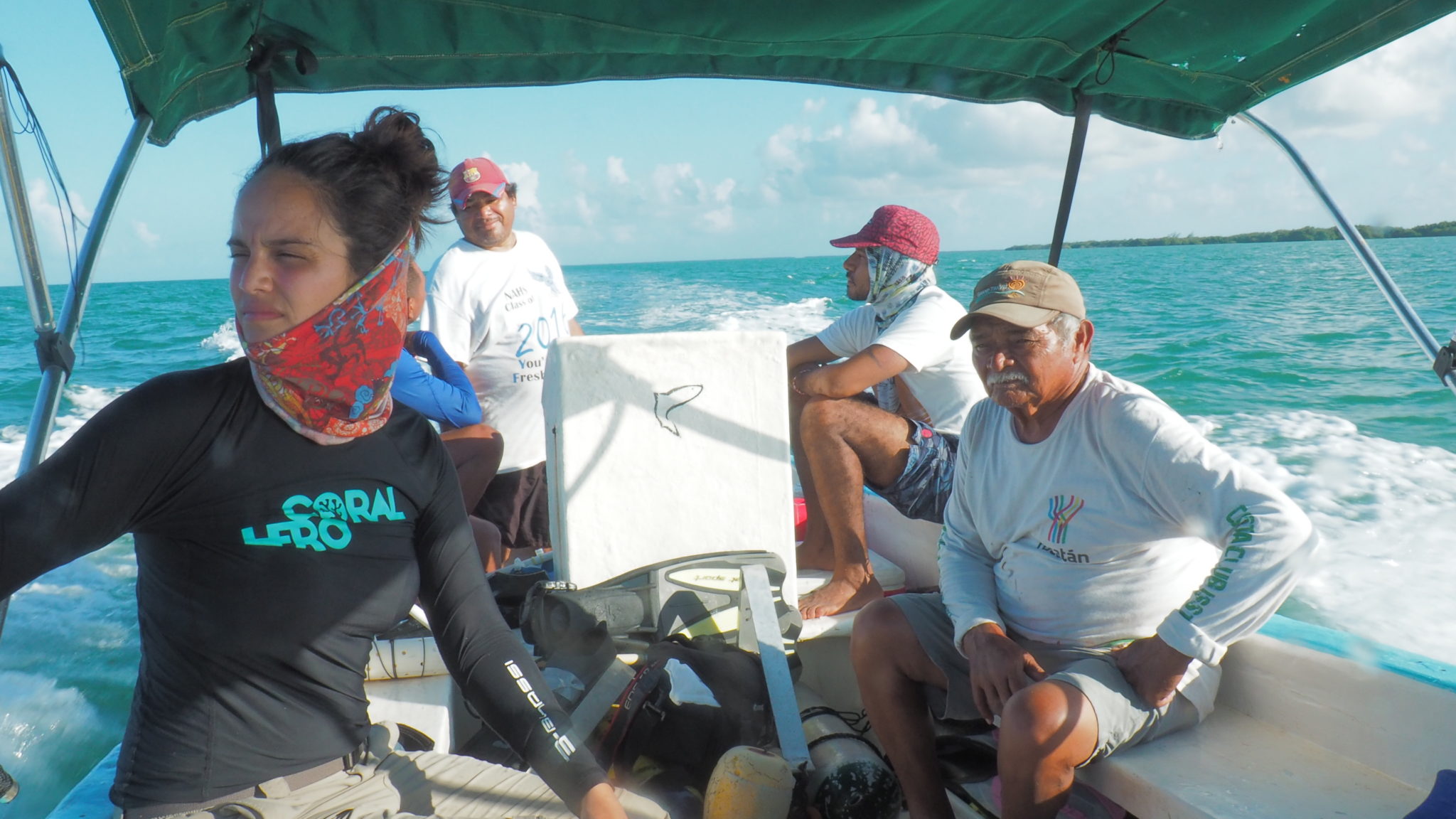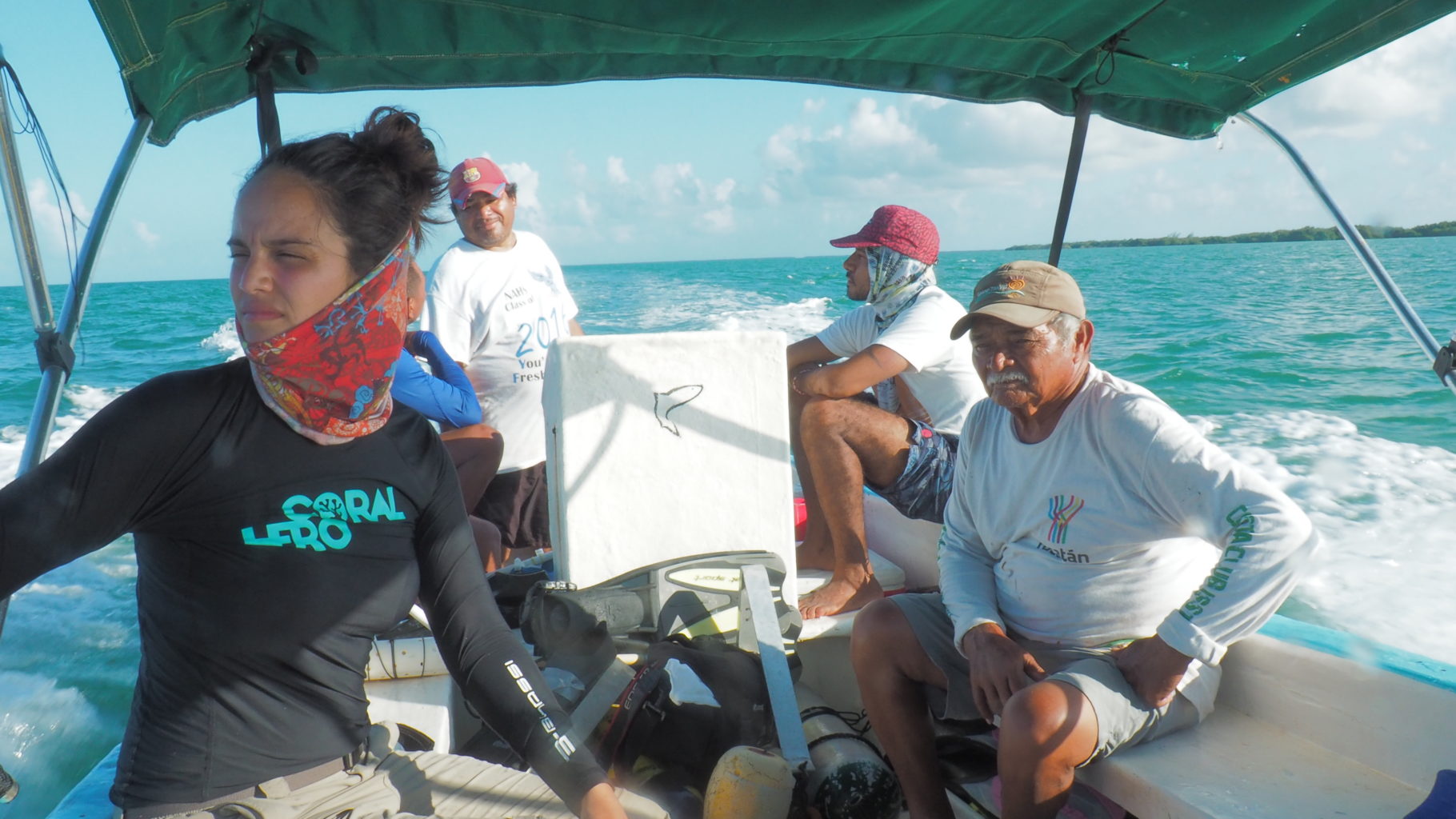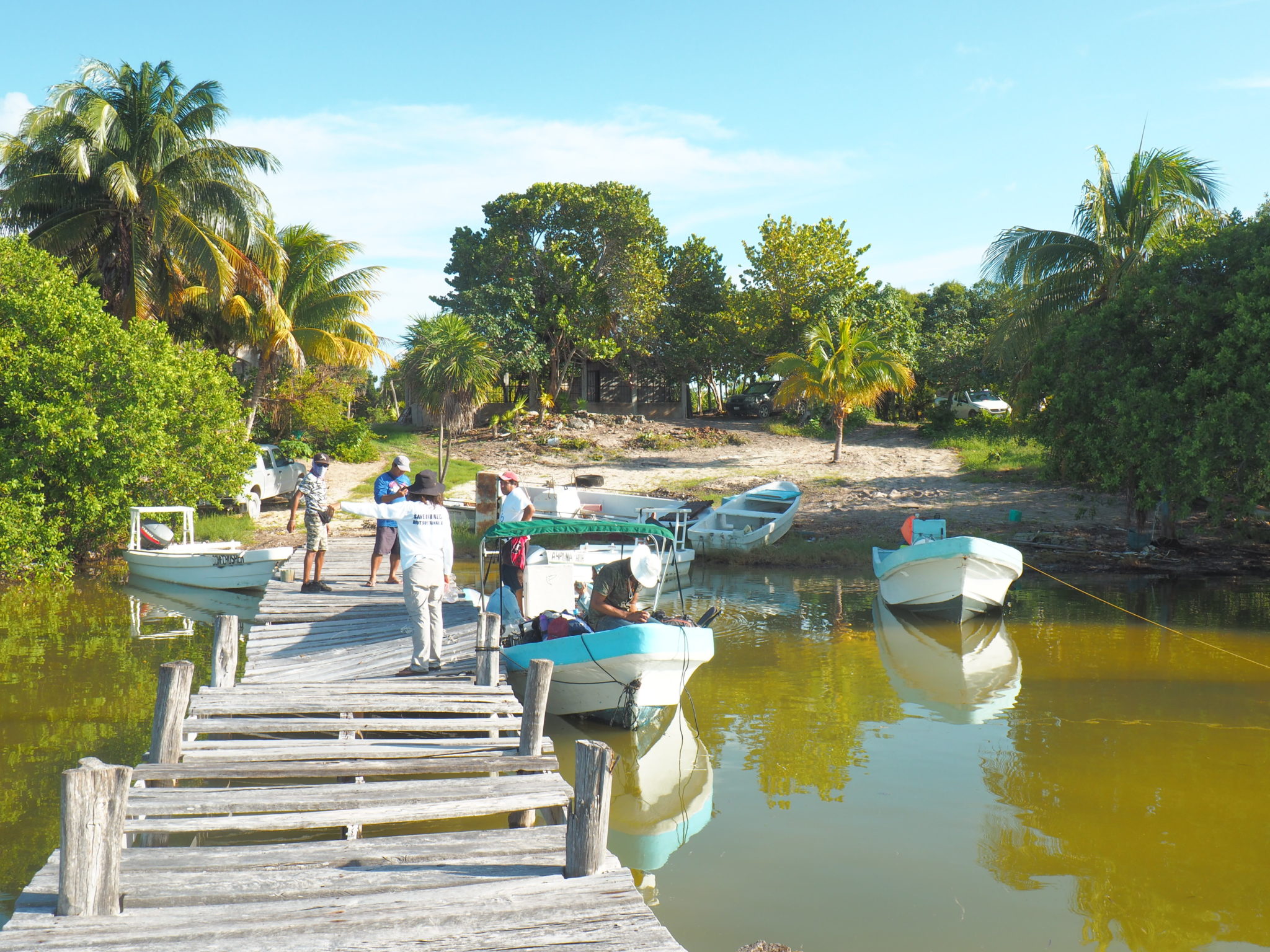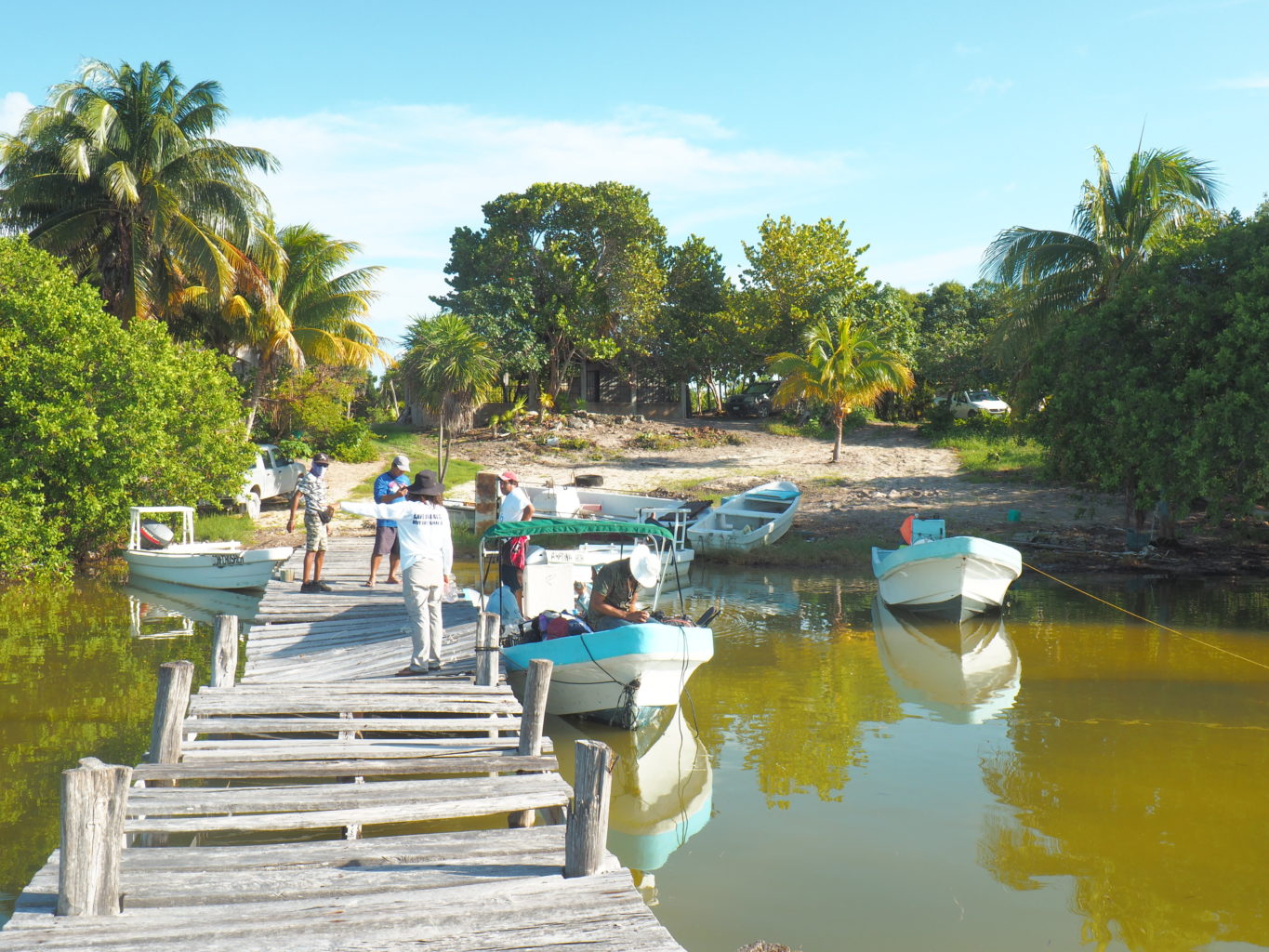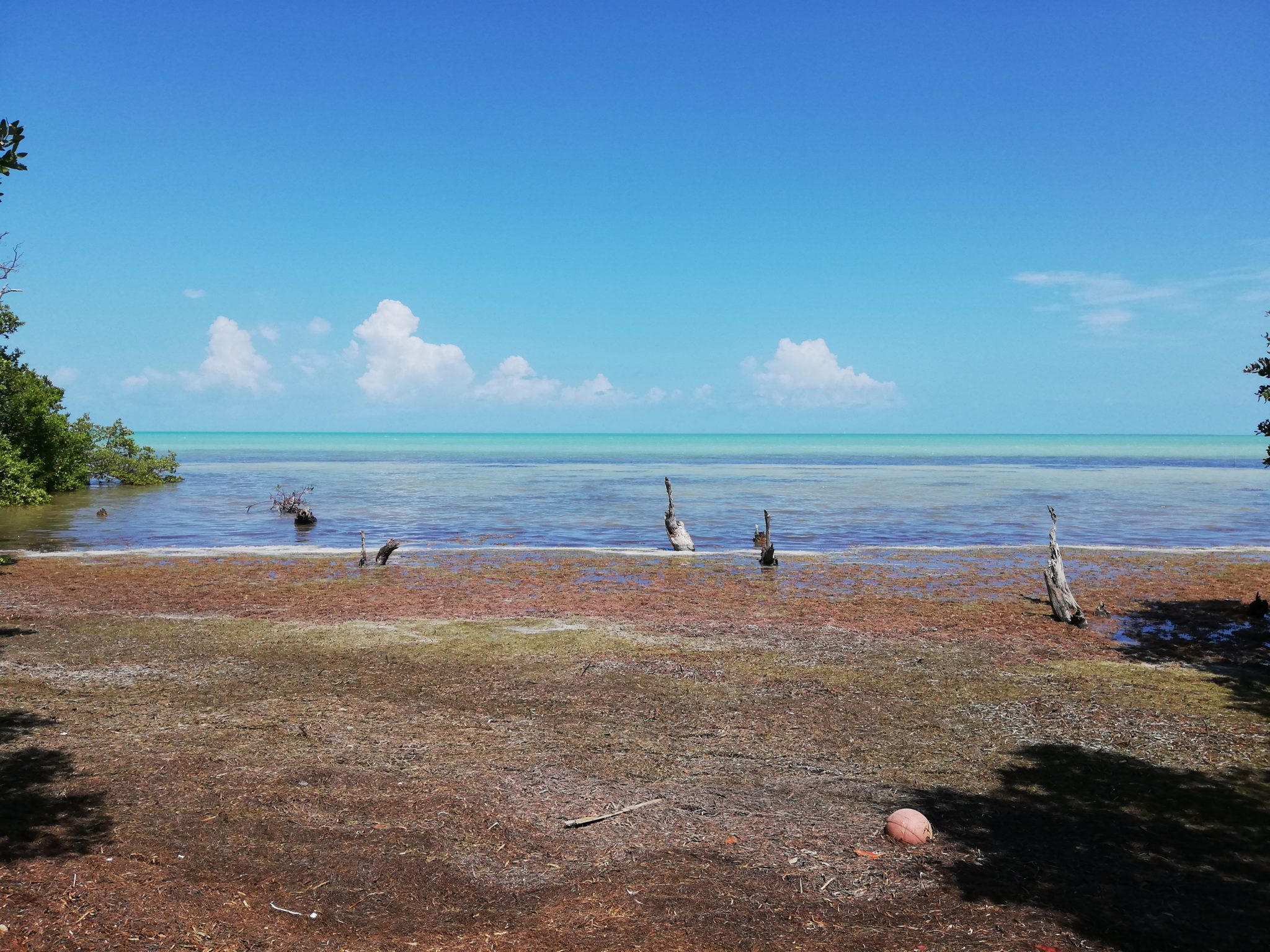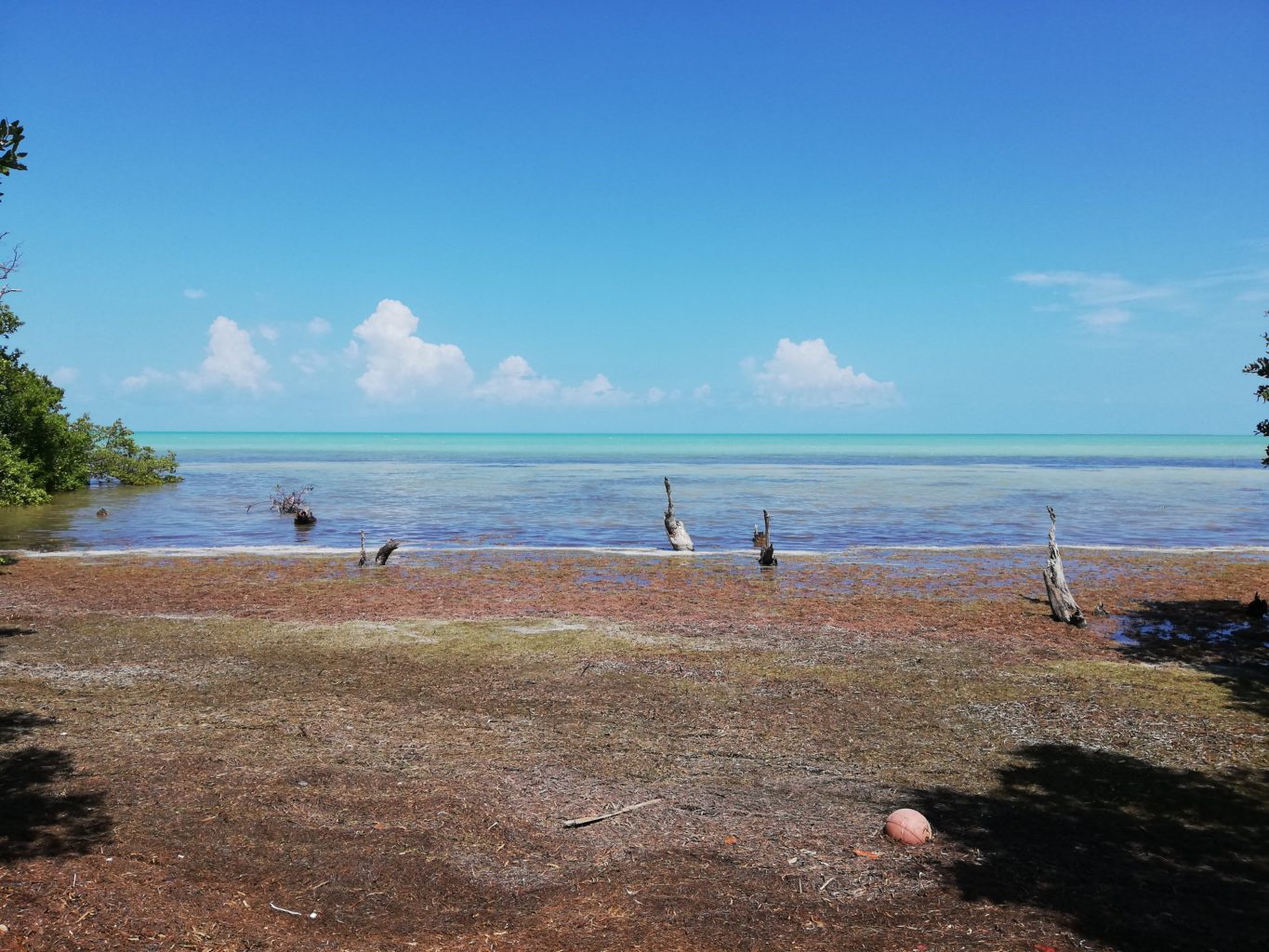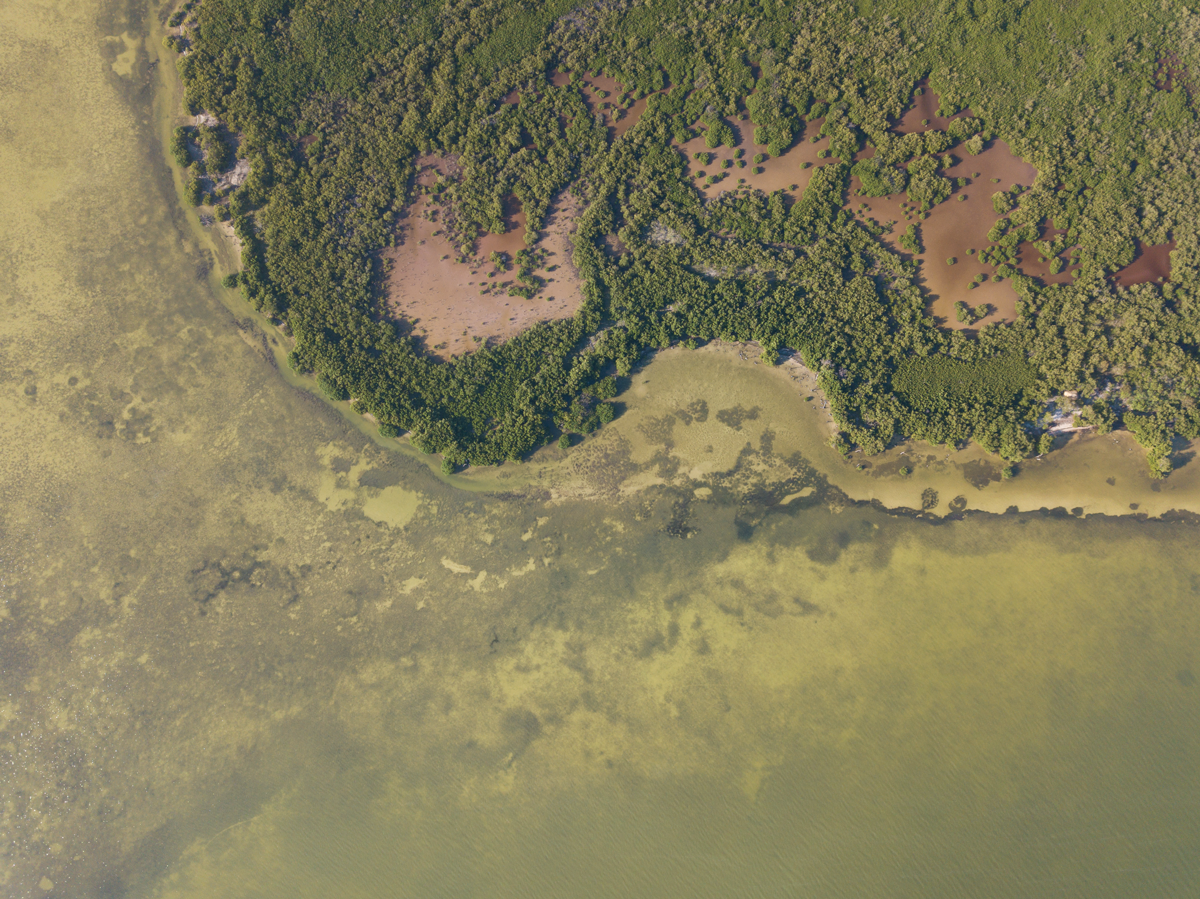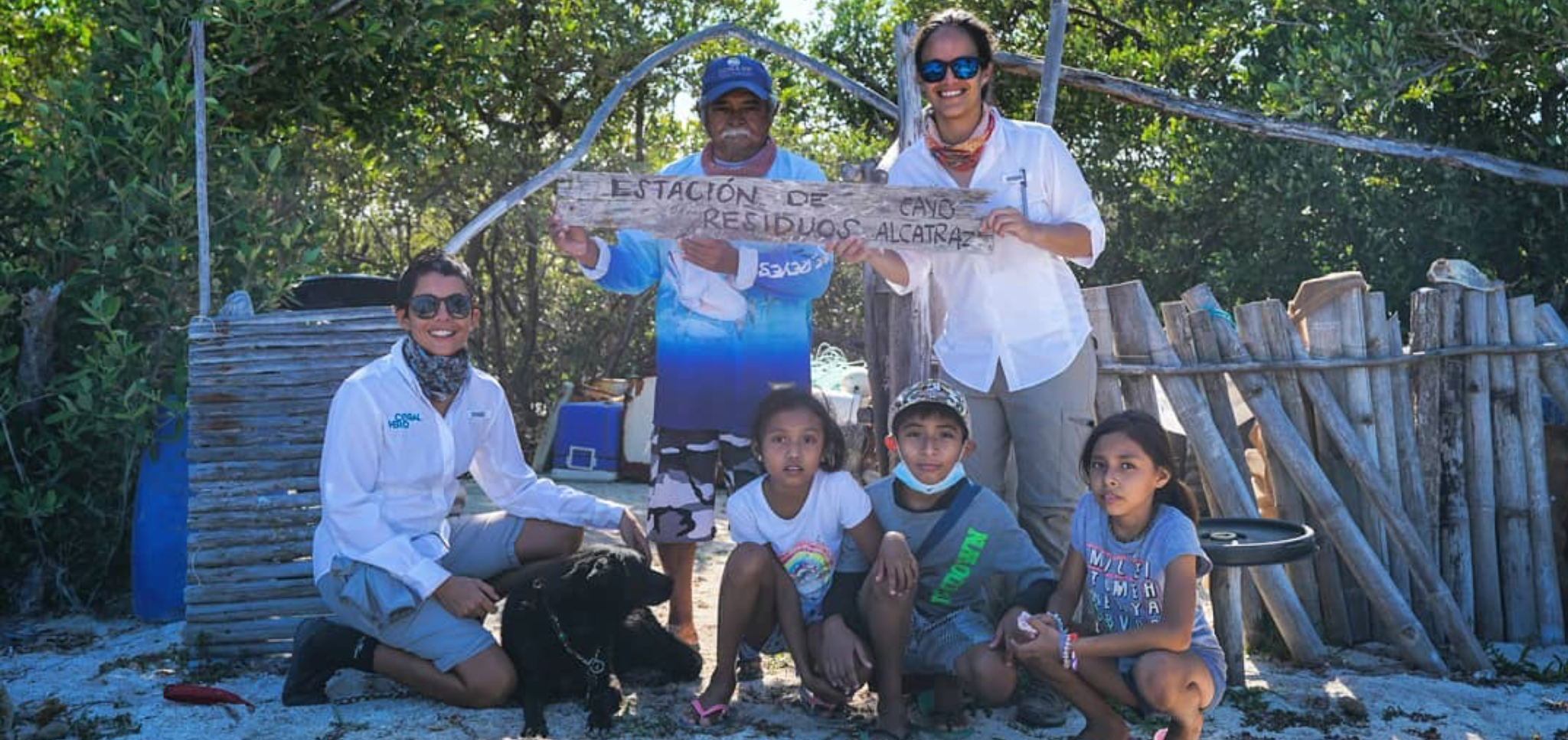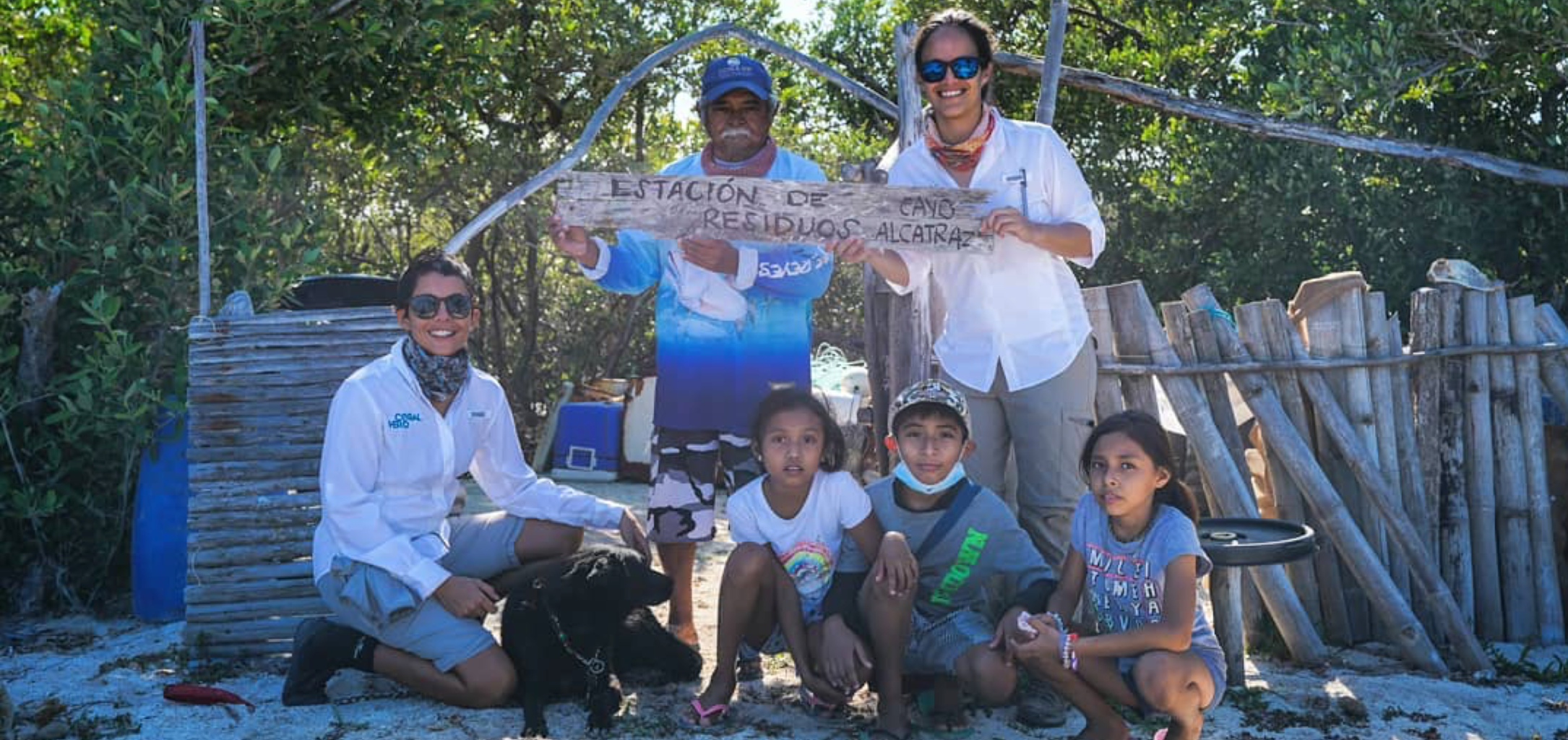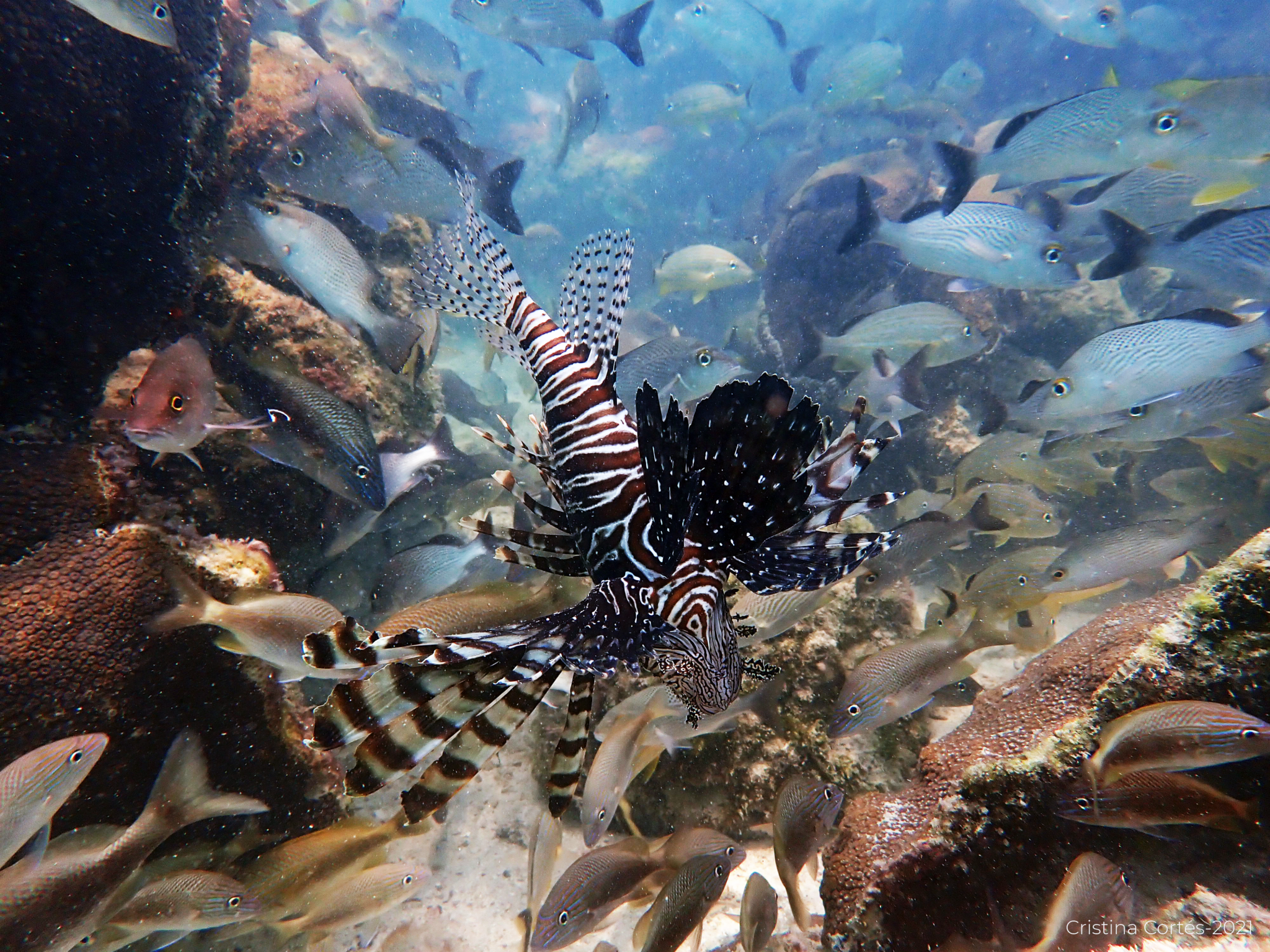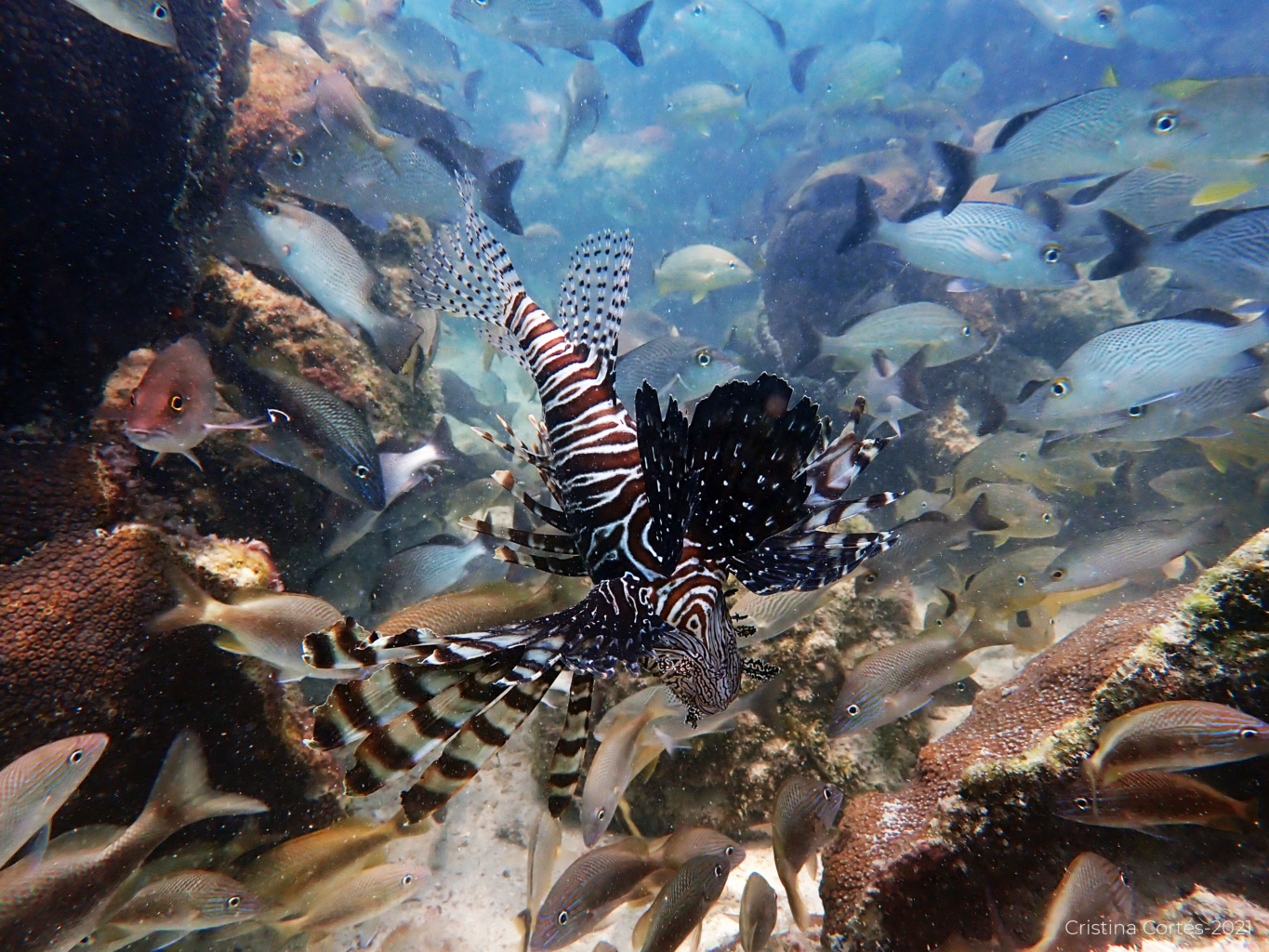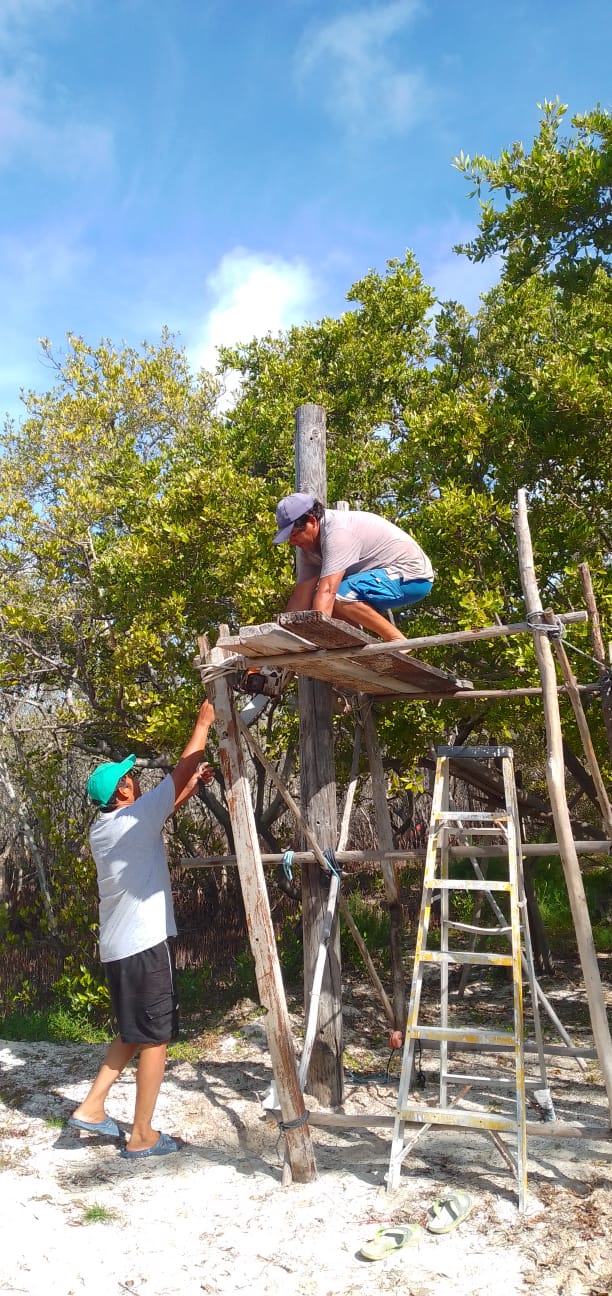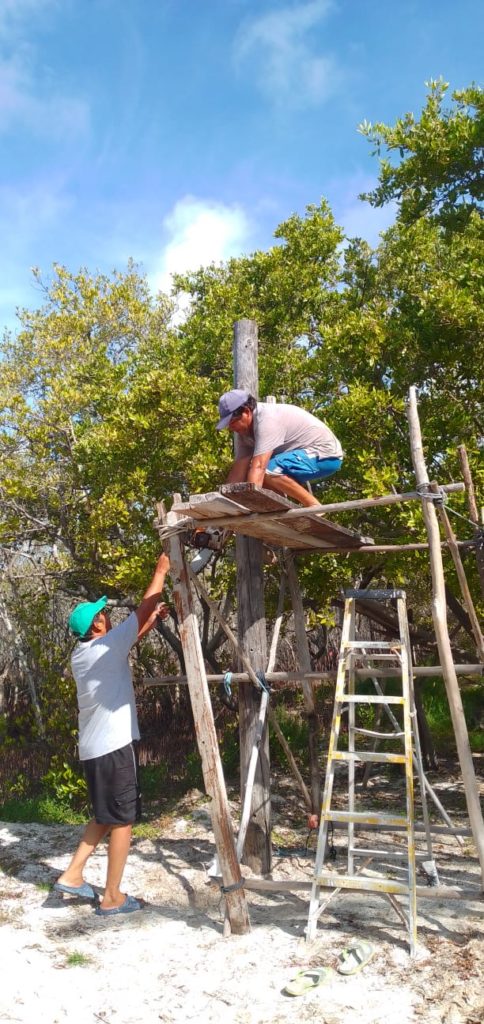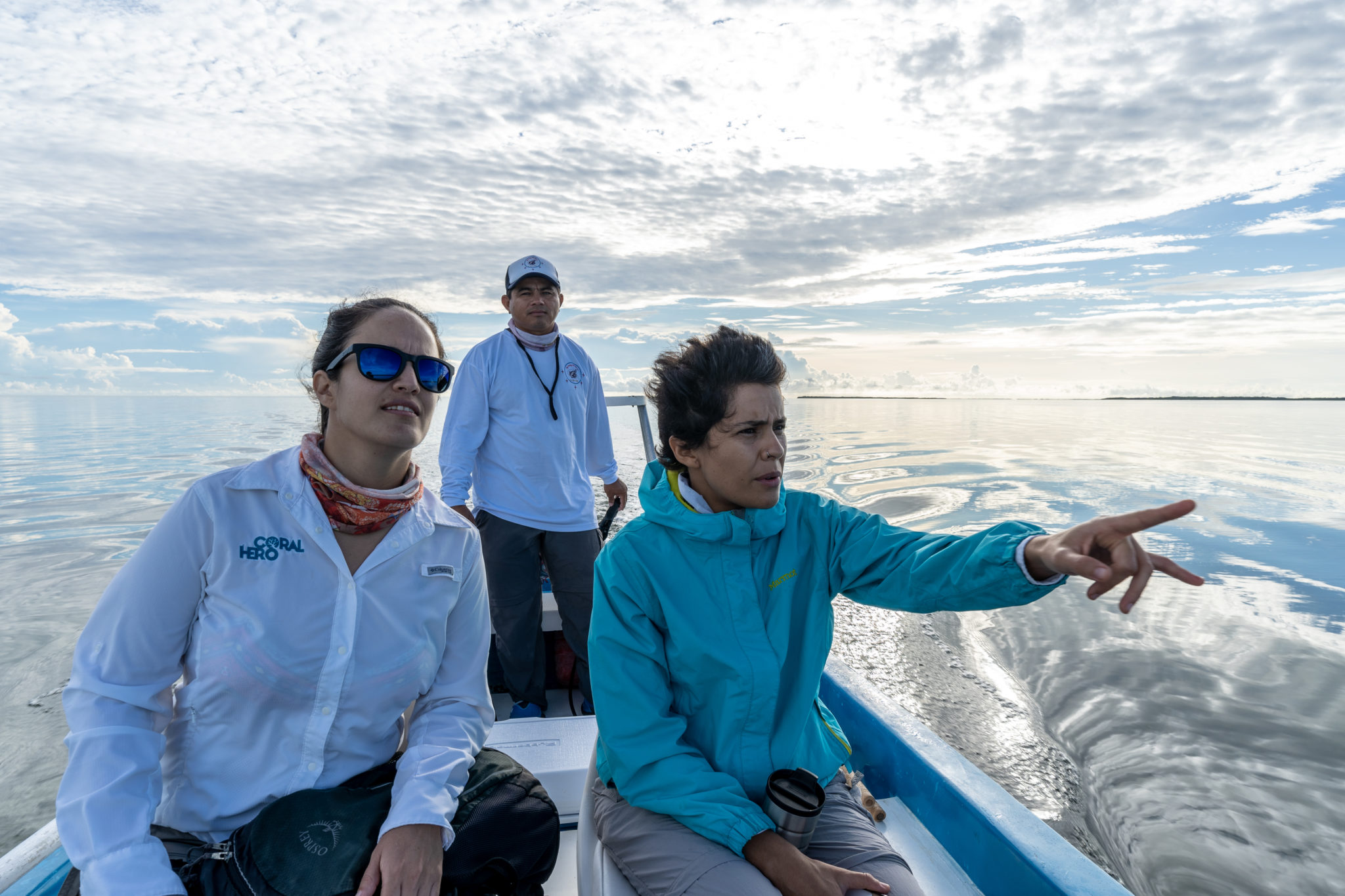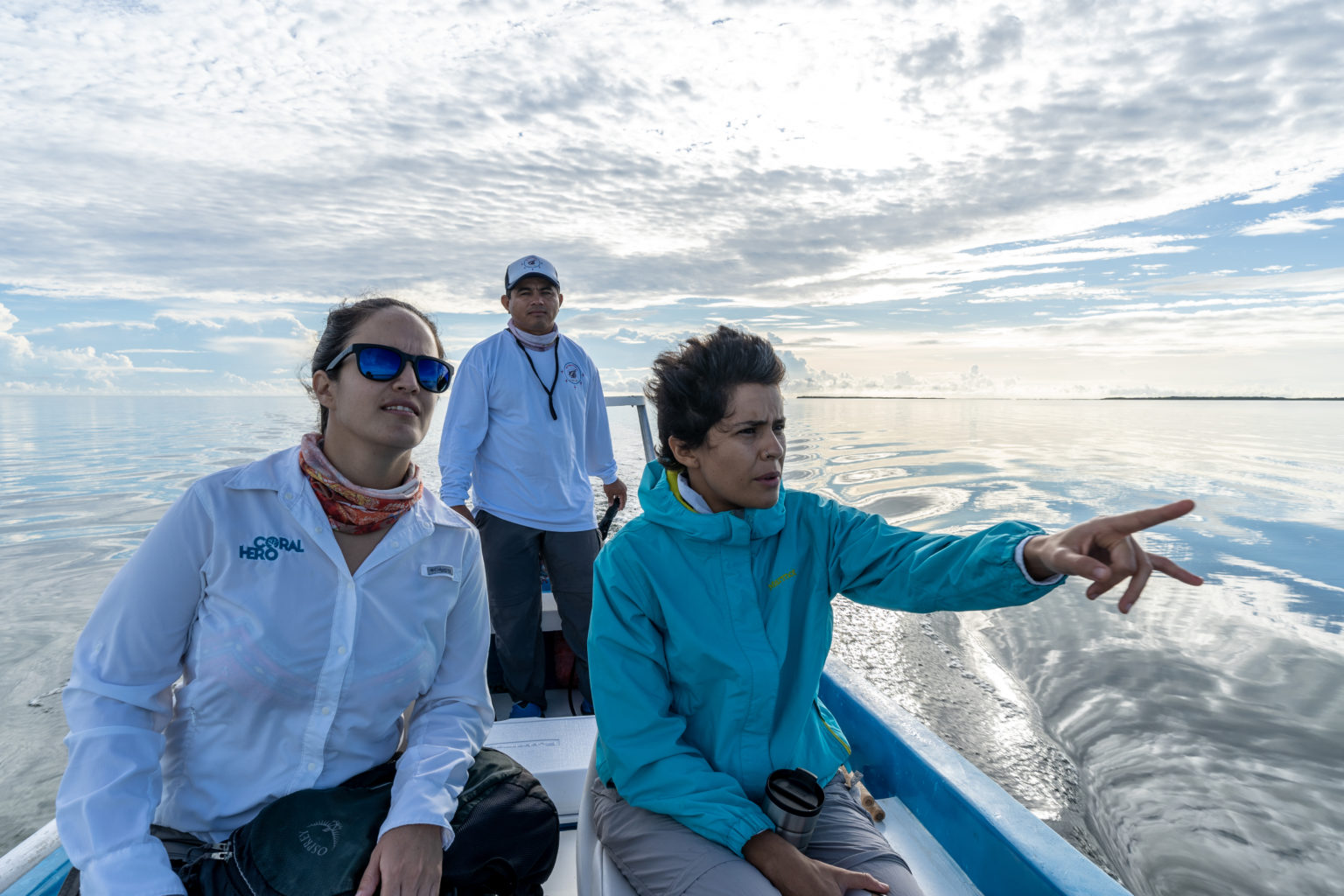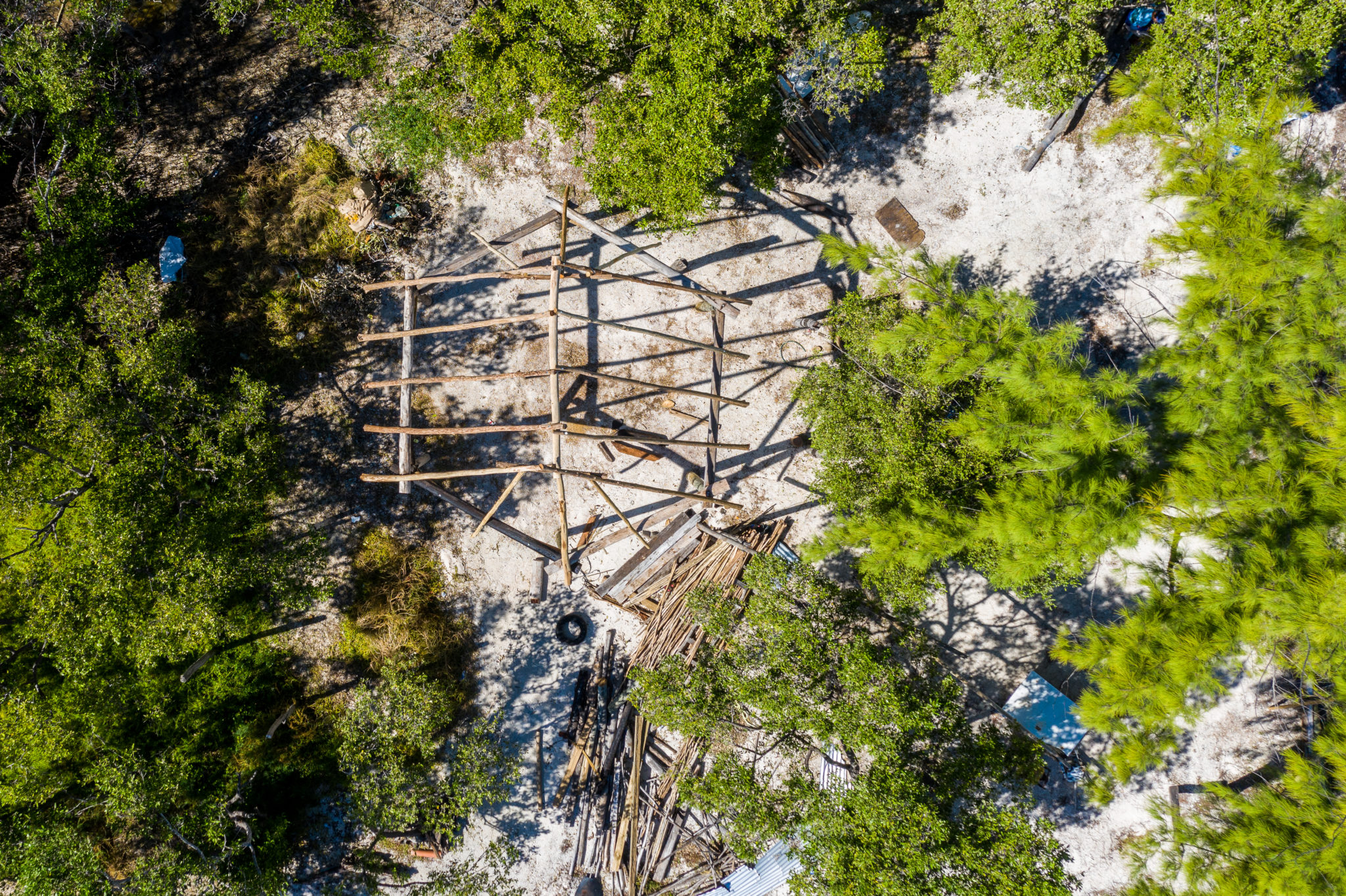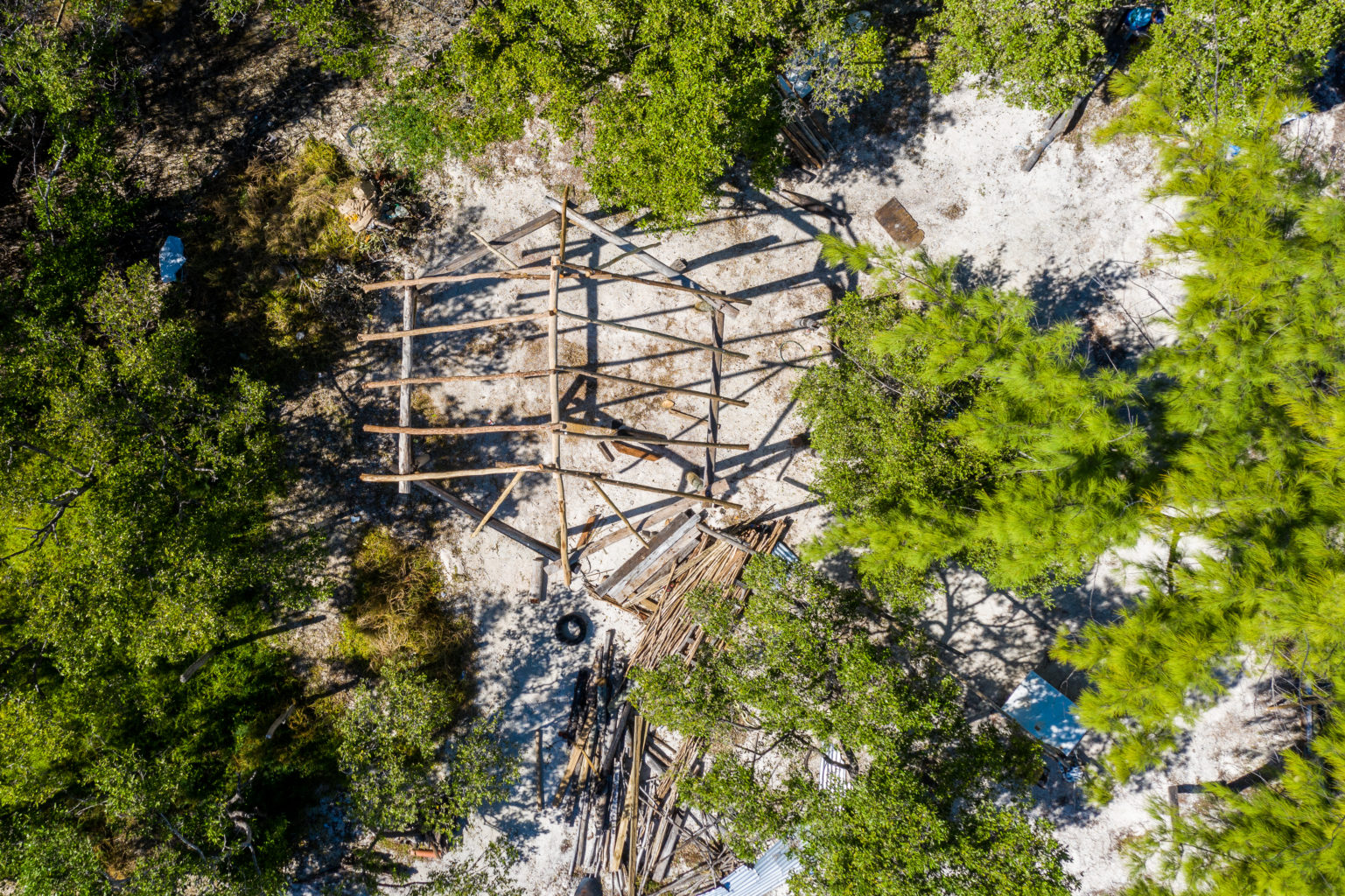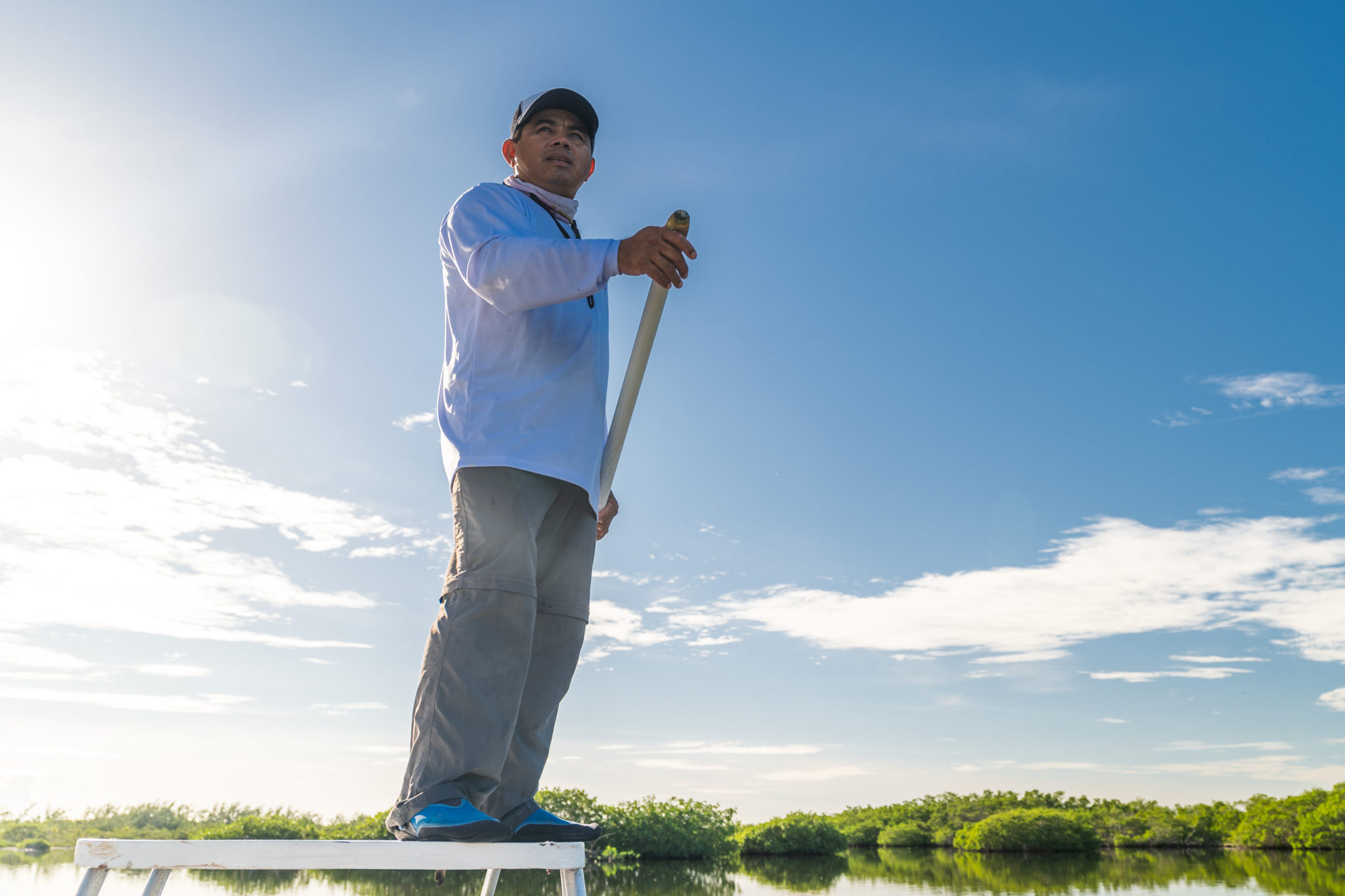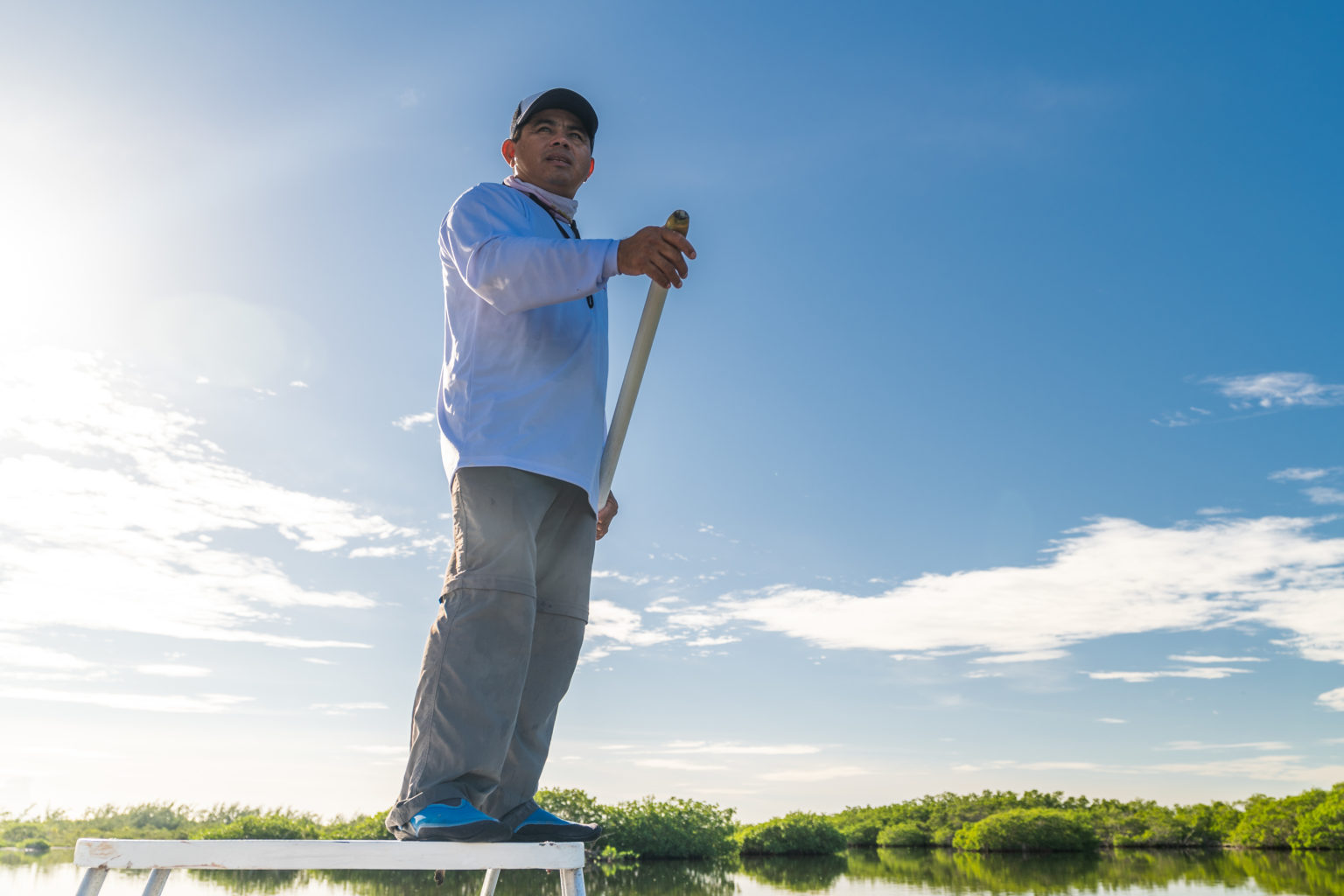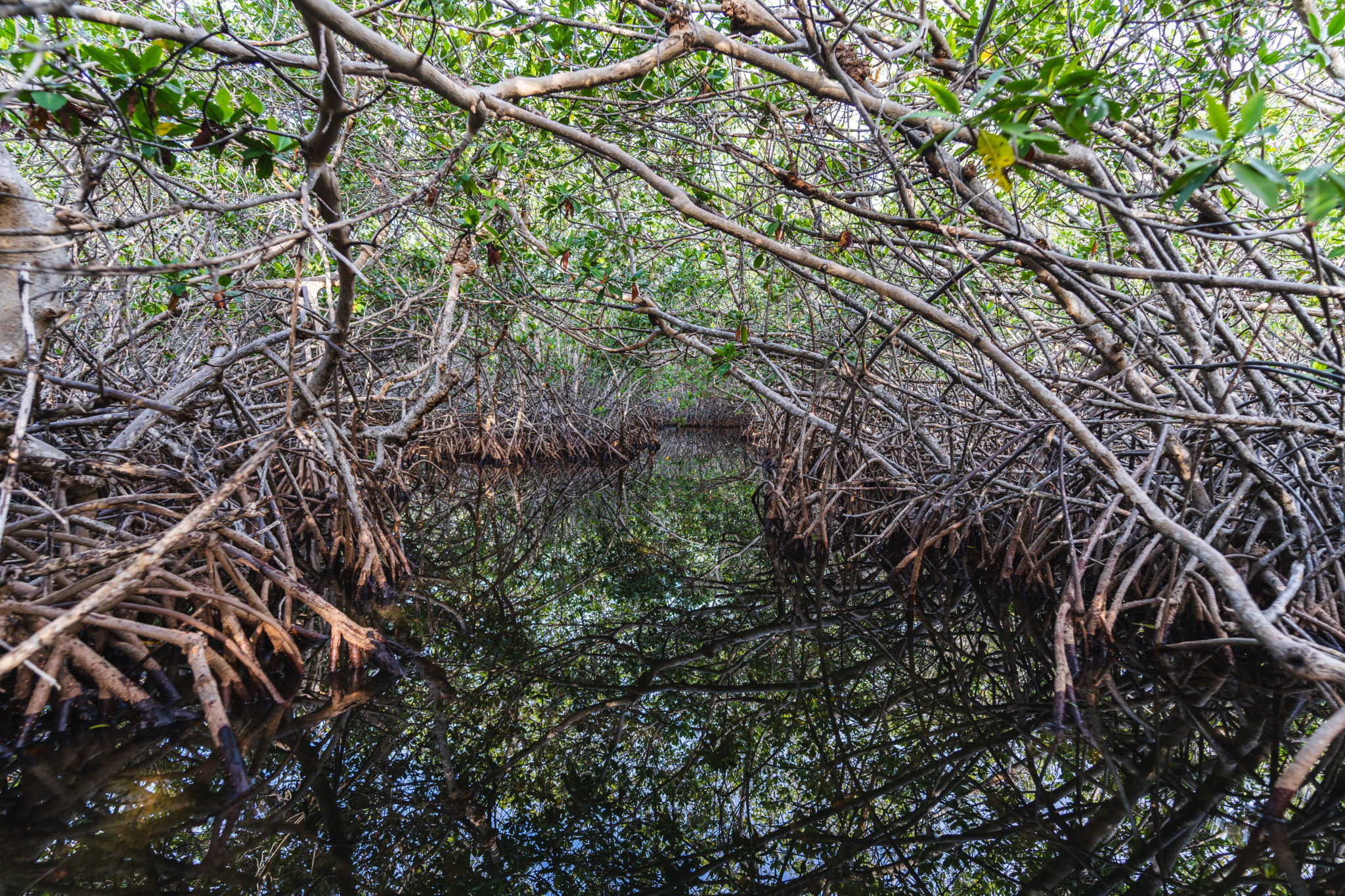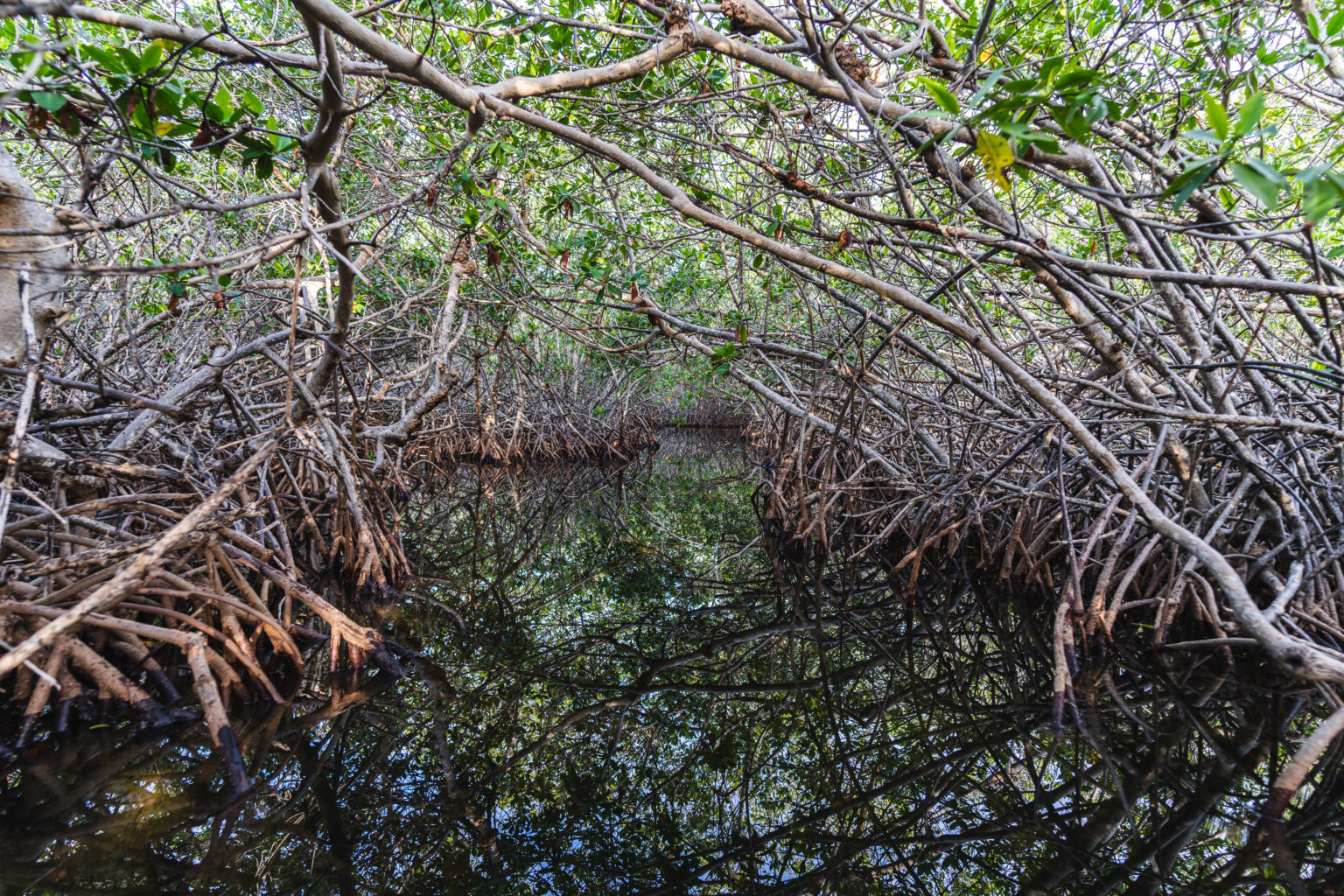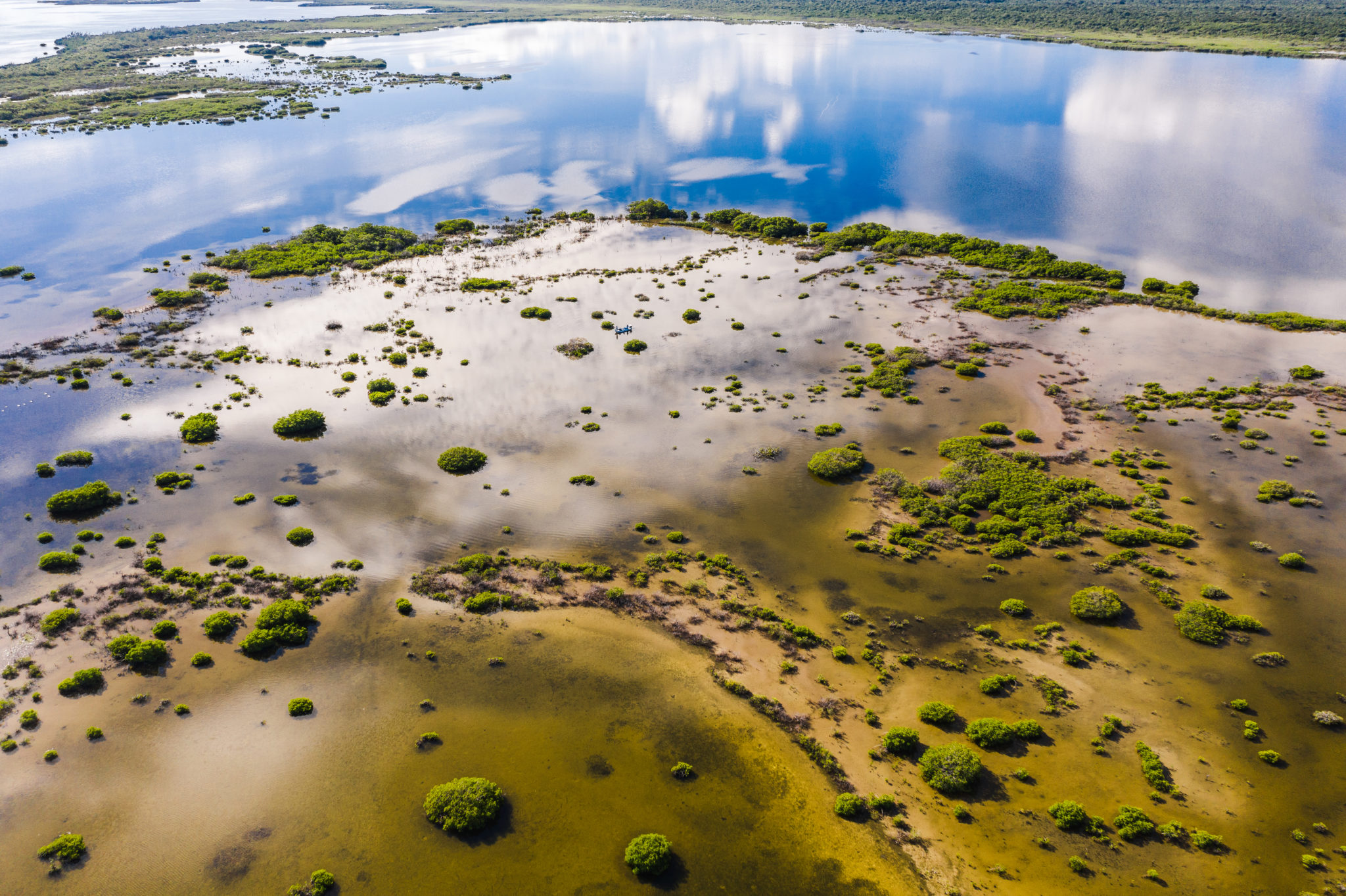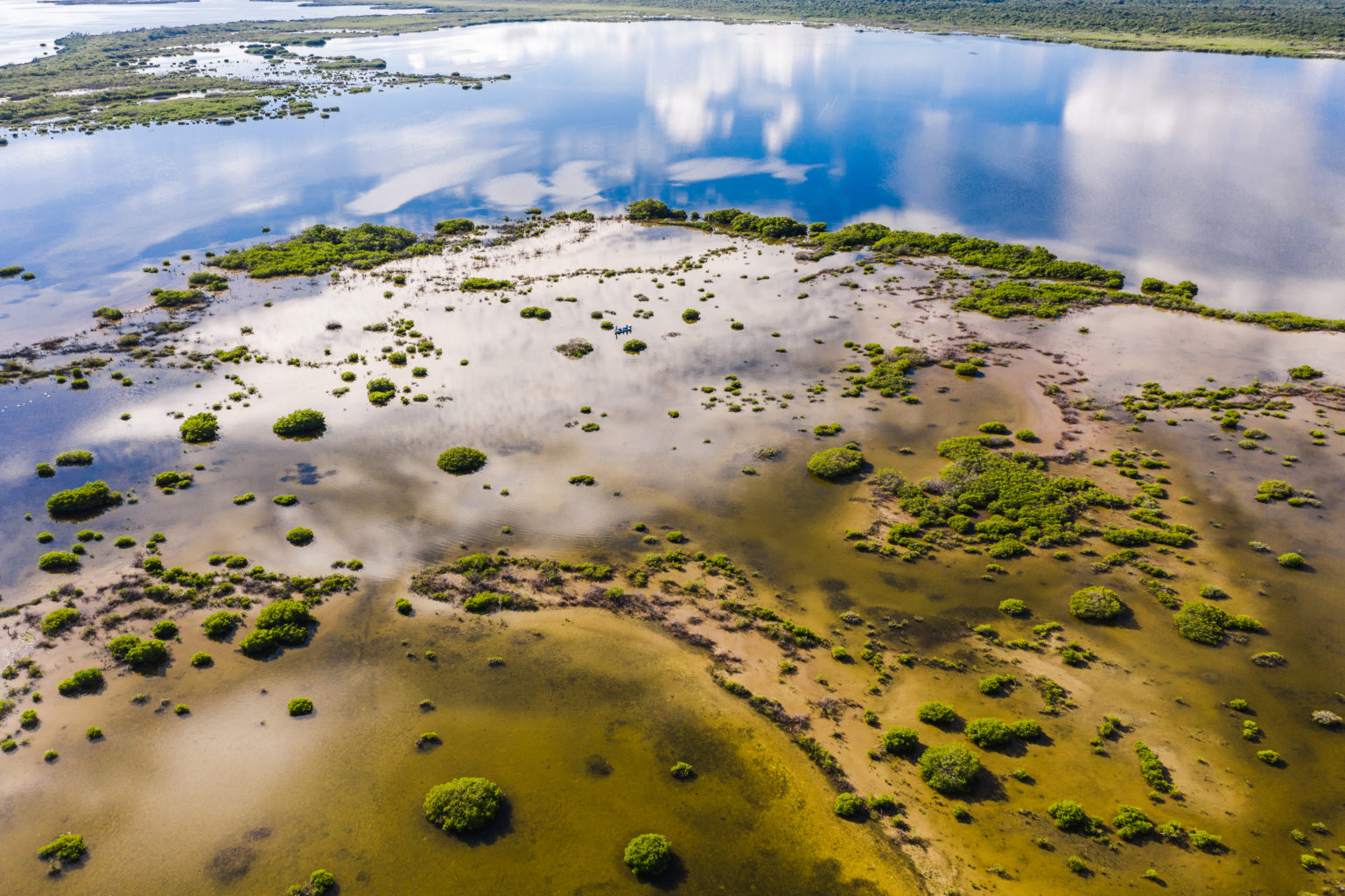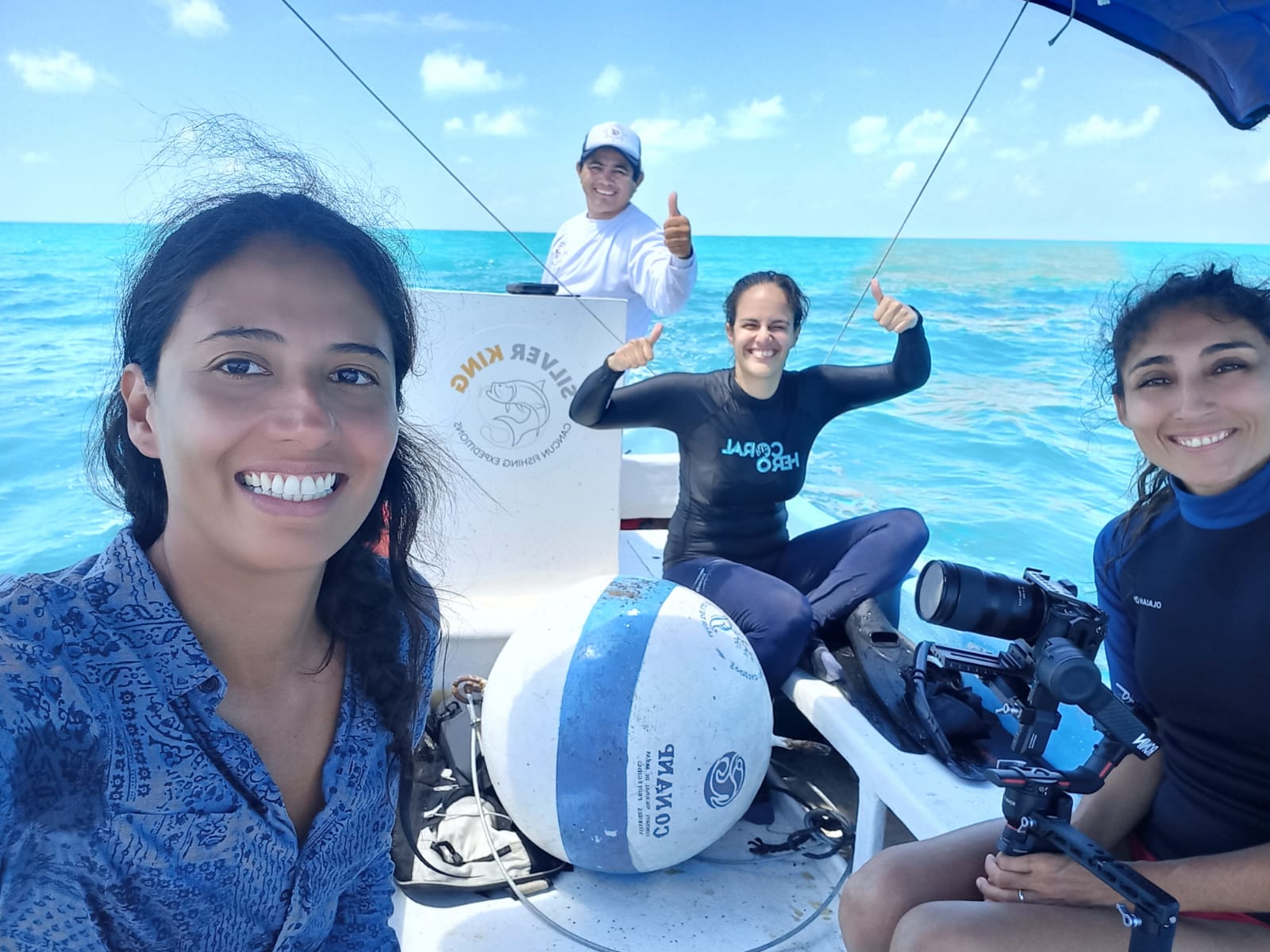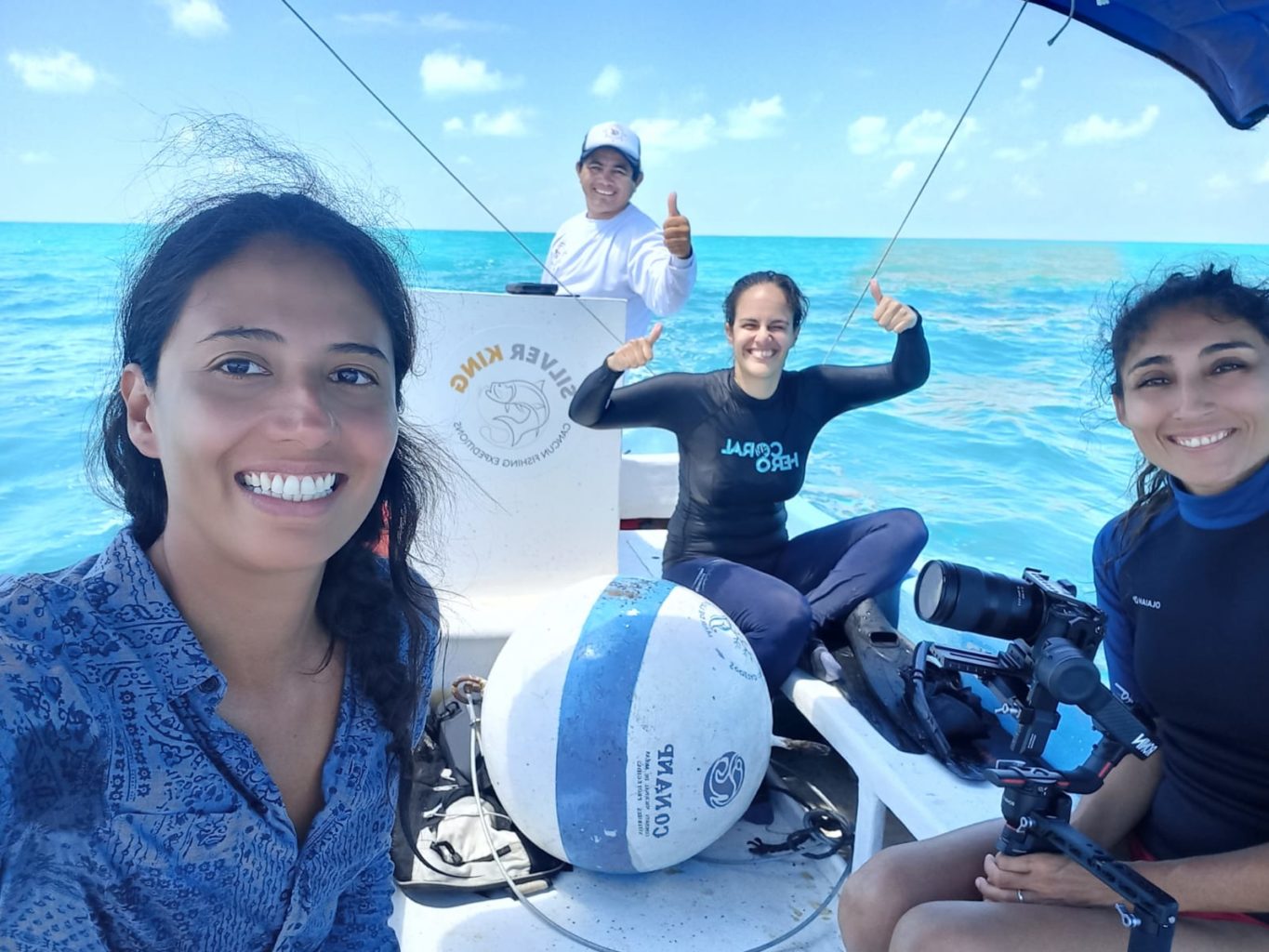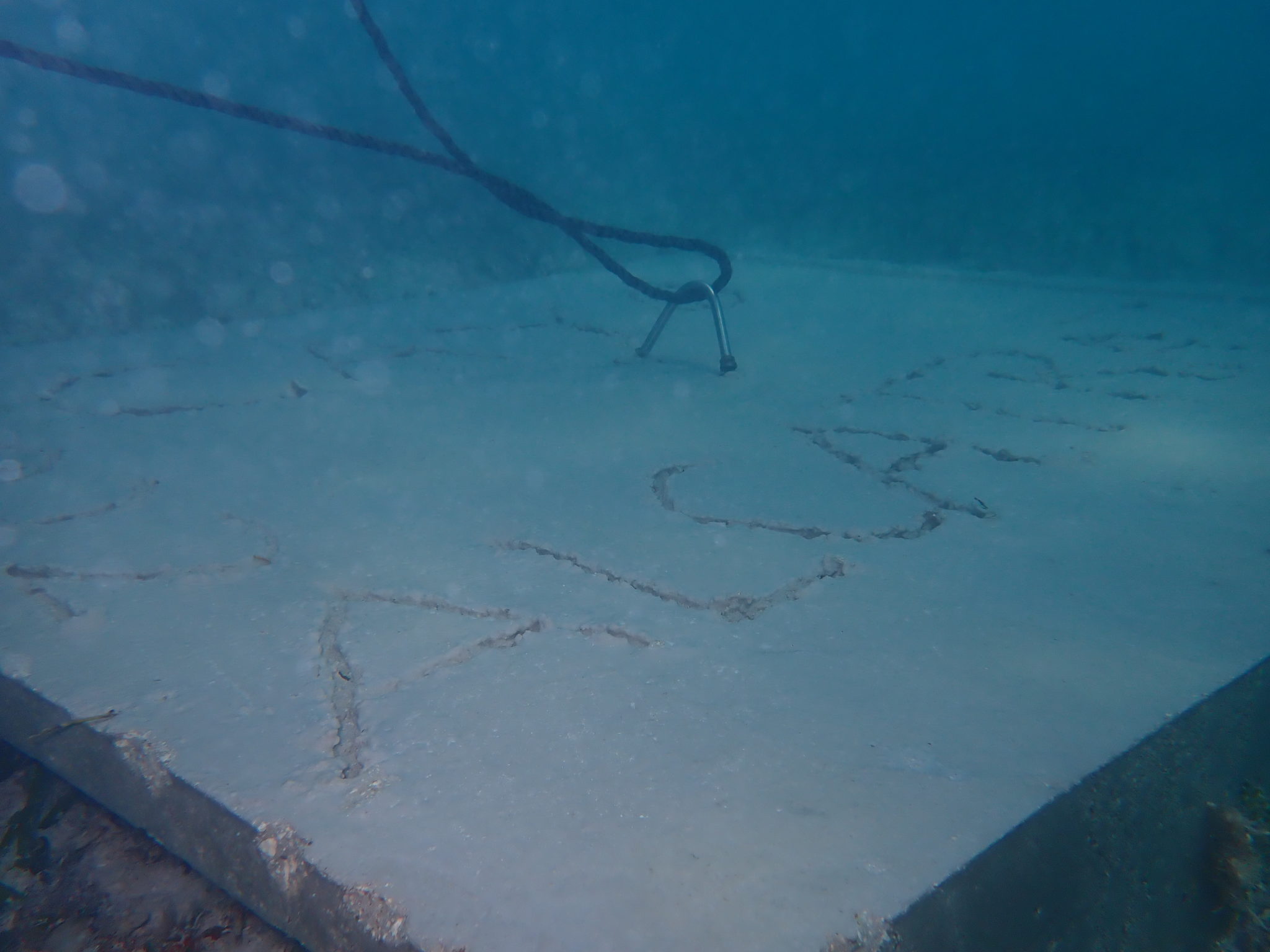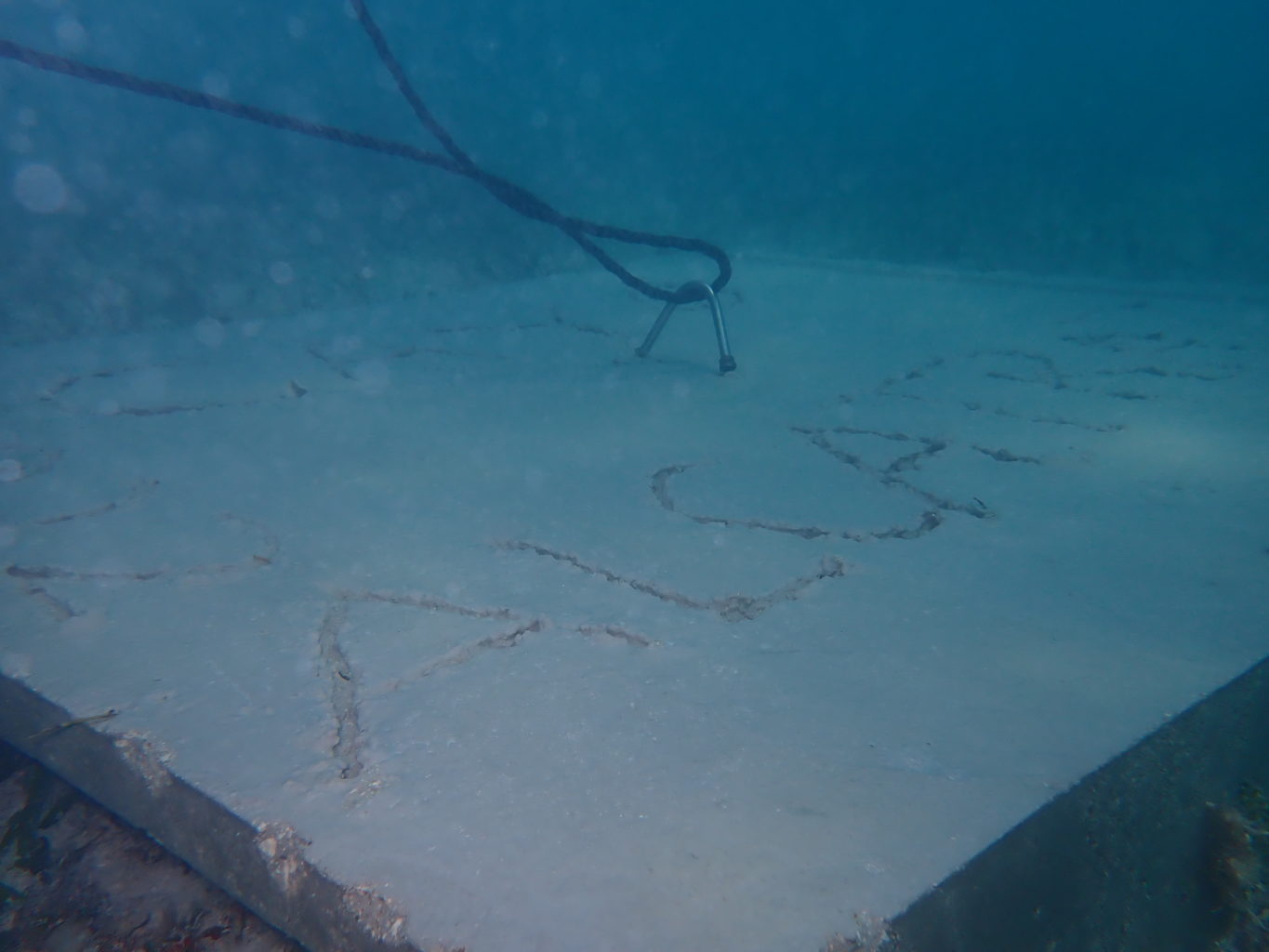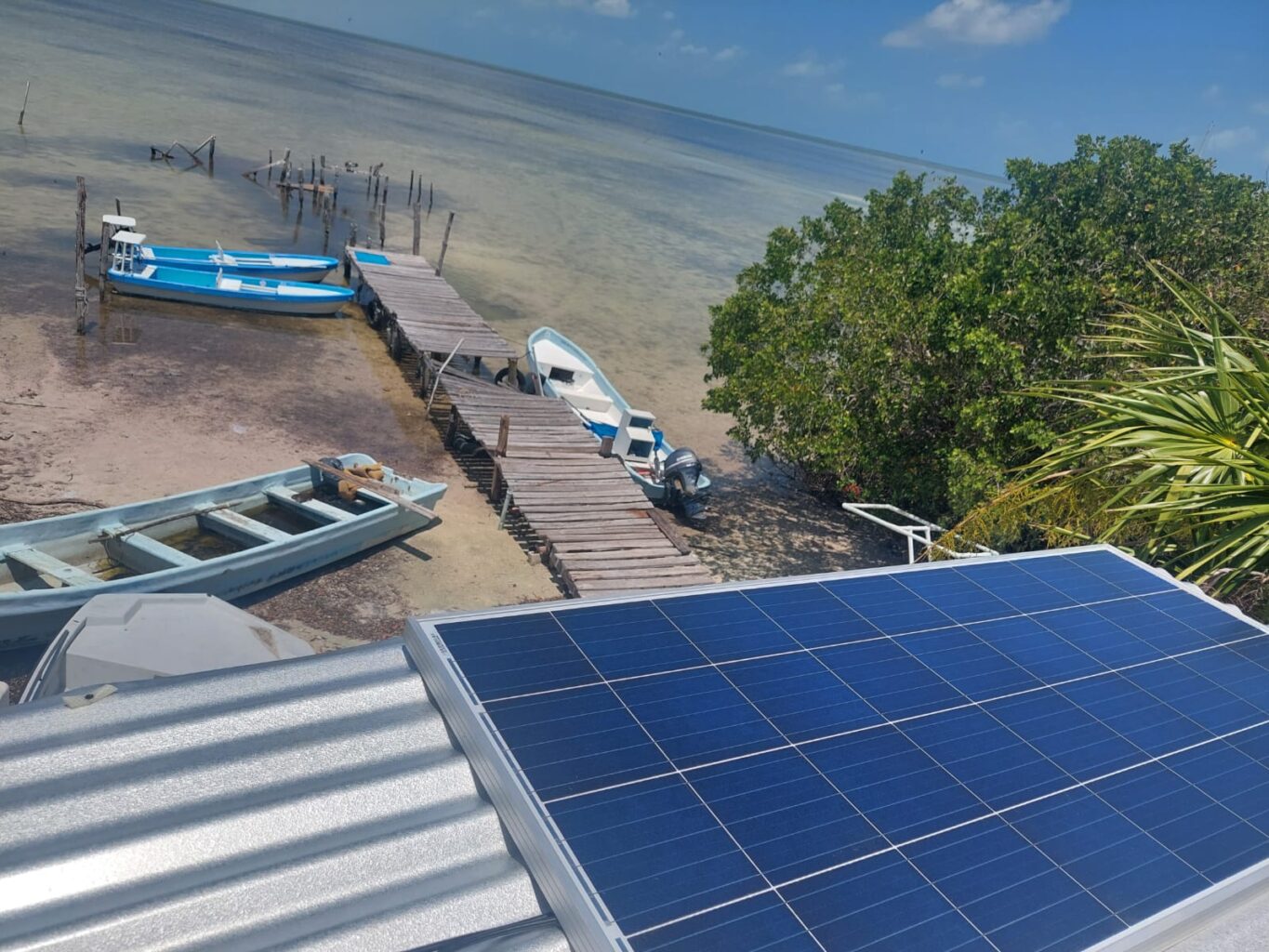This project will ban fishing in a large area of mangroves, coral, and seagrass around Cayo Alcatraz, a small island off the Yucatan Peninsula. Many species of local and migratory birds (ospreys, flamingos, and yellow warblers, just to name a few) are found in these wetlands. There are also many kinds of sharks, rays, fish, and lobsters.
The idea for the no-fishing zone came from the Mar de las Antillas fishing and tourism cooperative. Its members dive to catch spiny lobsters near the island, but poachers have overfished the area. That has forced the cooperative members to go out into deeper water, where it is more dangerous to dive.
A no-take area will give lobsters a place to grow and reproduce before spreading beyond the protected area. The fishers also want to preserve the natural beauty of the area to attract tourists. They have already reduced their reliance on fishing by embracing ecotourism, highlighting the mangroves and wildlife.
The fishers will patrol the new no-take area and report any violations. Working with our nonprofit partners, they will also ask the government to officially recognize the no-take restrictions.
The cooperative will use a Seacology grant to support tourism and sustainable fishing. They will build restrooms with composting toilets, for local people and tourists. Rainwater collection tanks will store water to irrigate small vegetable gardens. In the protected area, they will install 10 to 15 lobster casitas. These are low shelters that keep small lobsters safe from predators, so that more can reach adulthood. These shelters have been successful in other parts of Quintana Roo, and our project partners will work with experienced installers.
Our local partners are Coral Hero, which has worked with the cooperative on several sustainable livelihoods projects, and Manta Mexico Caribe, which protects manta rays in the Mexican Caribbean.


